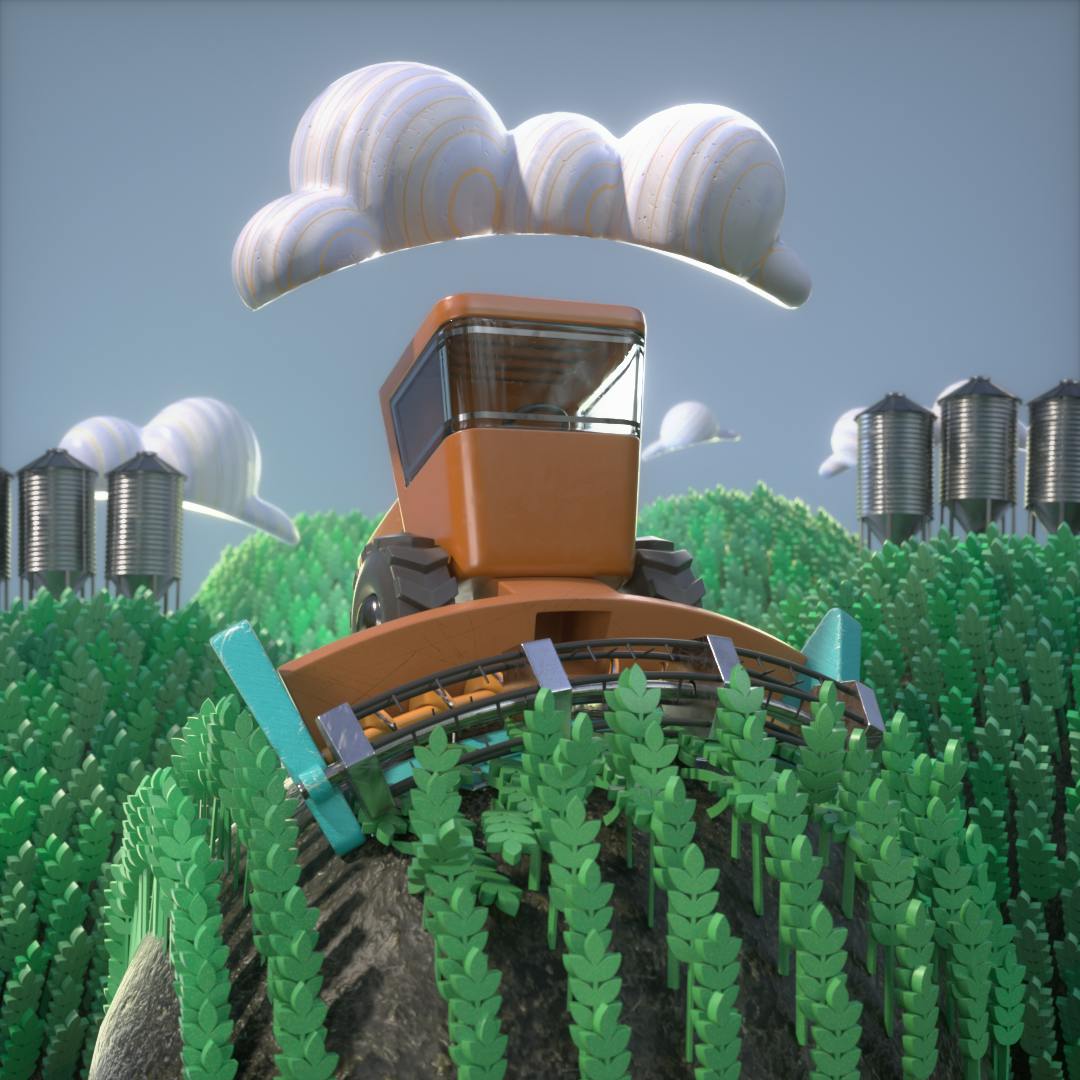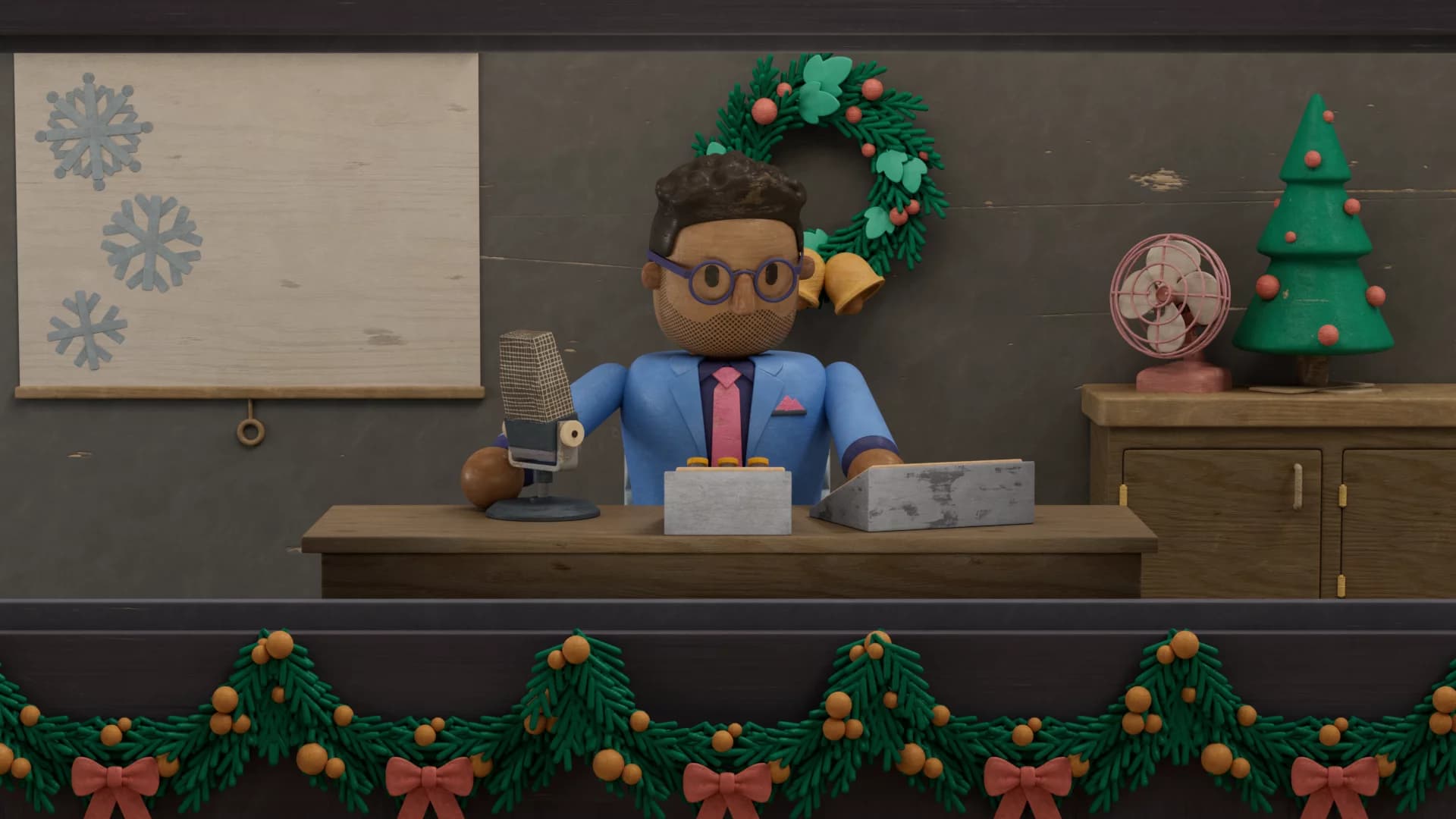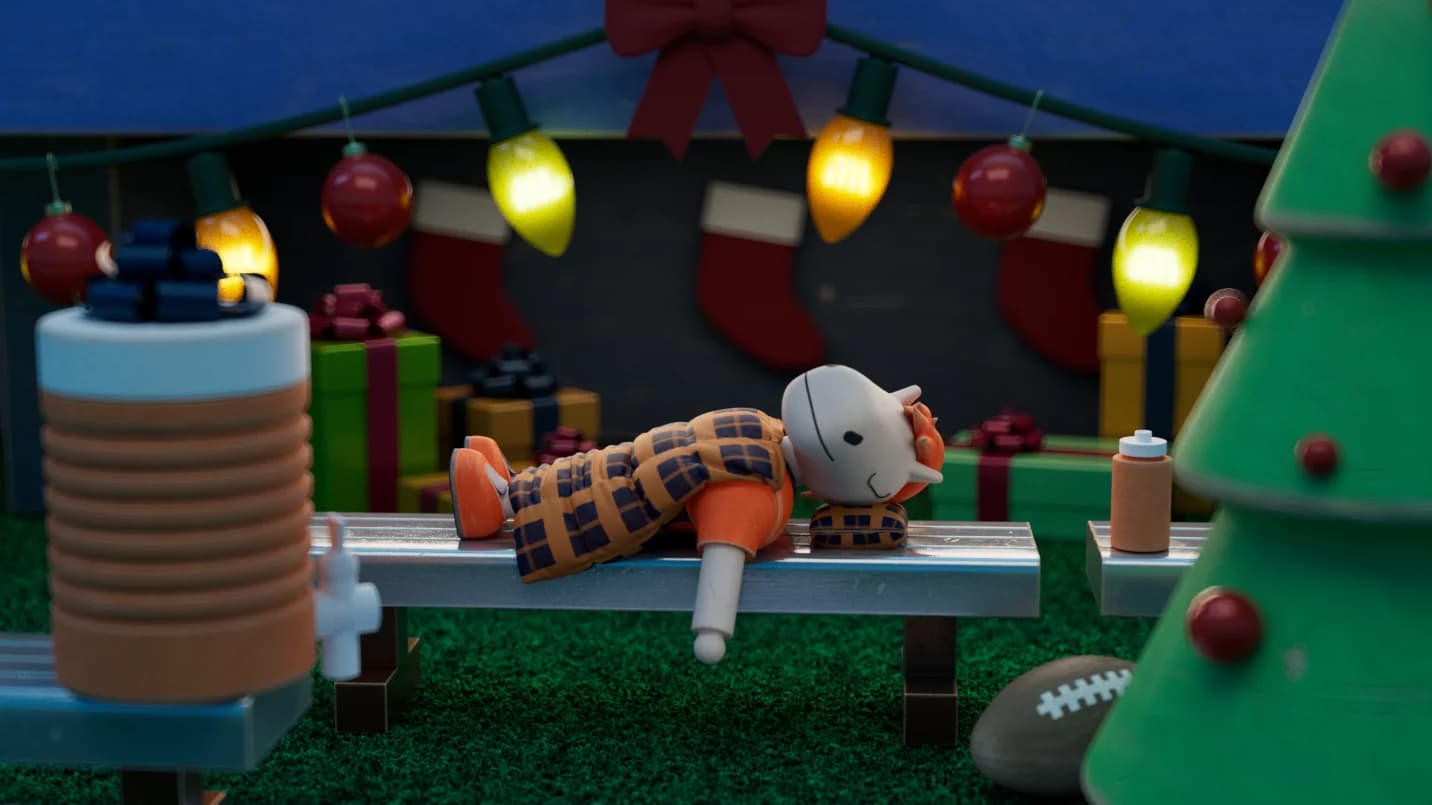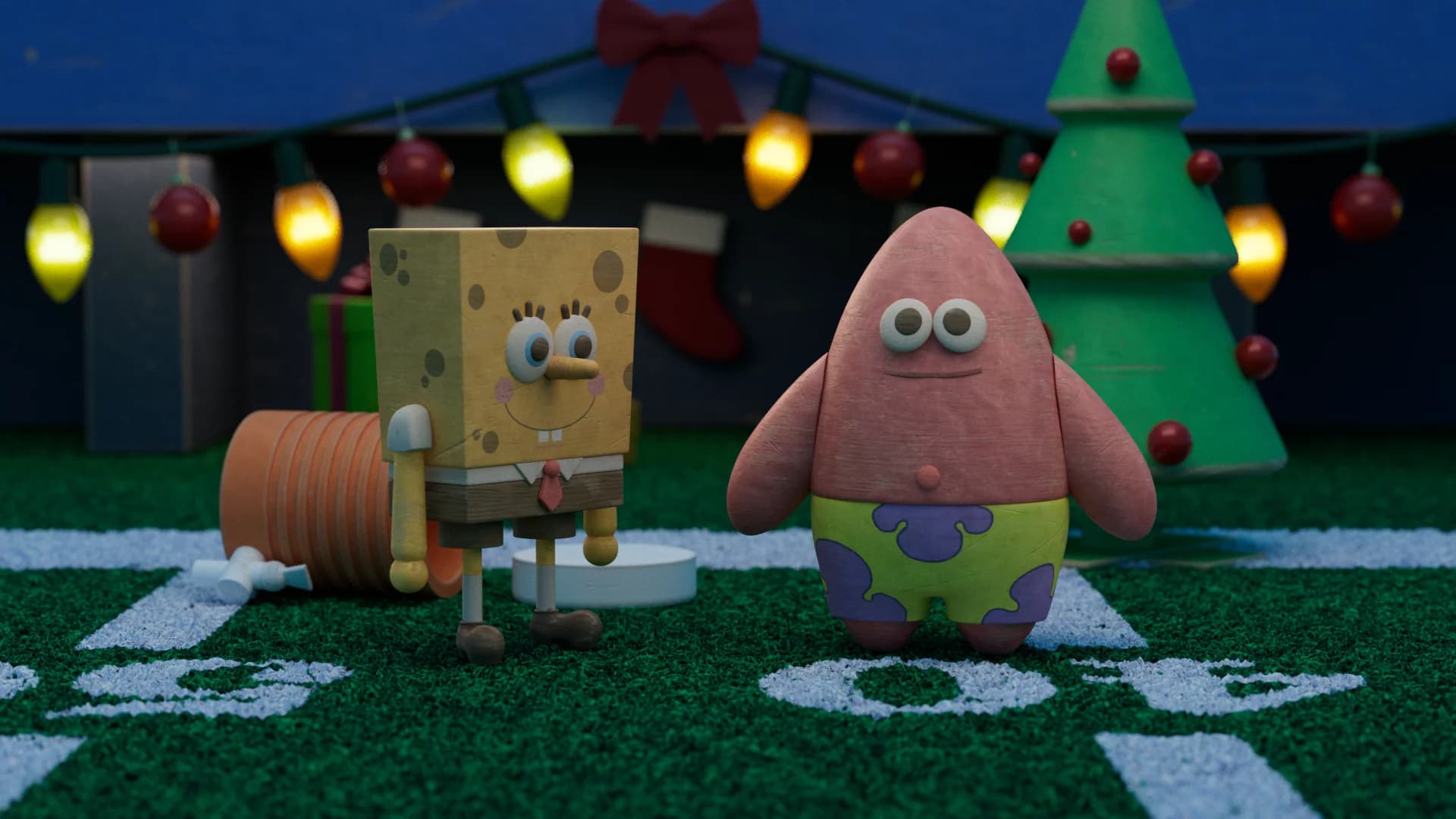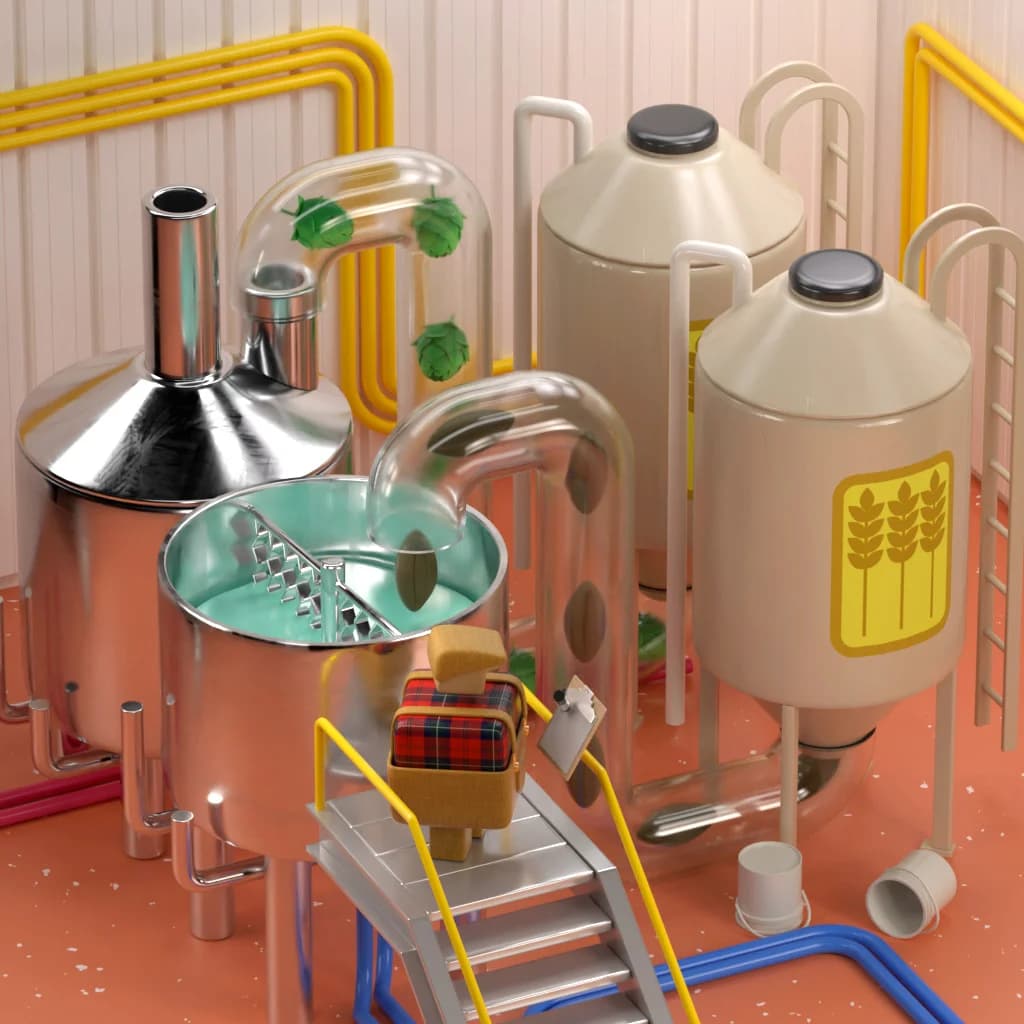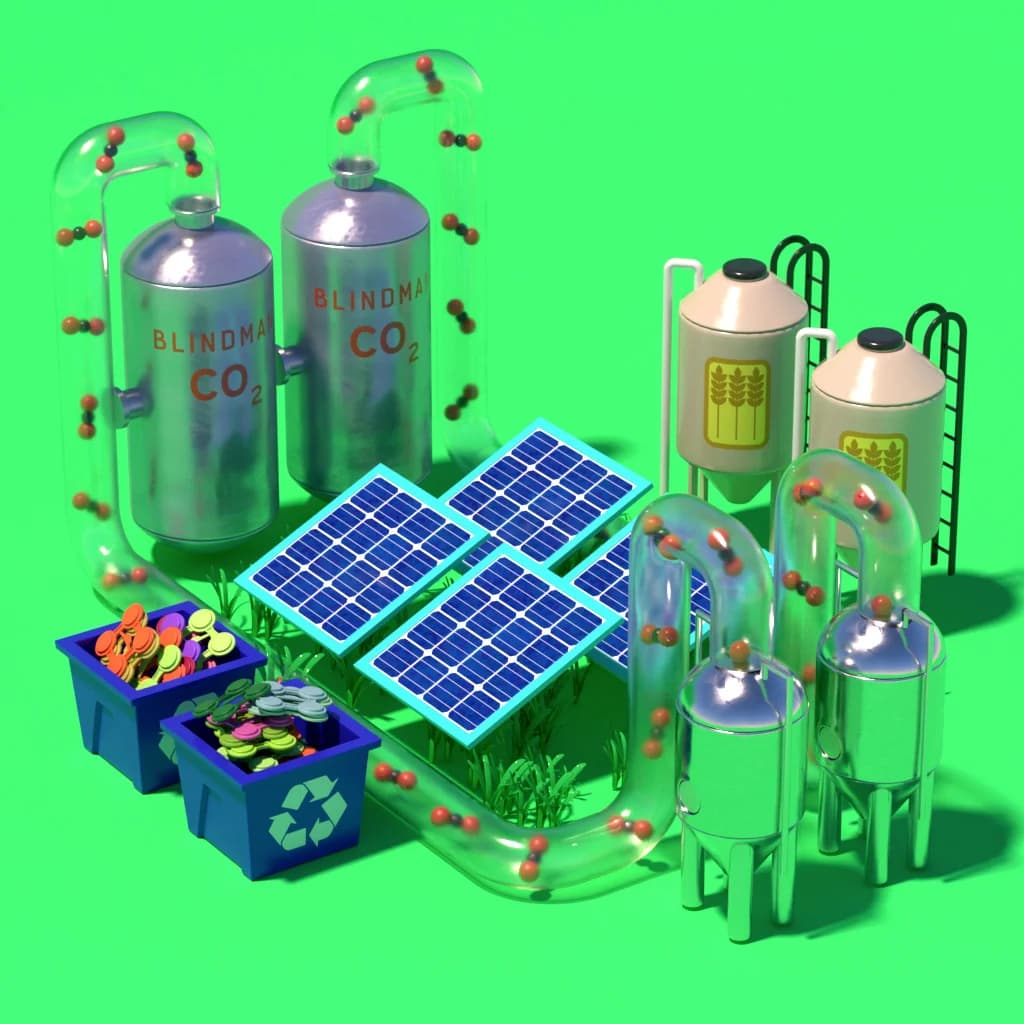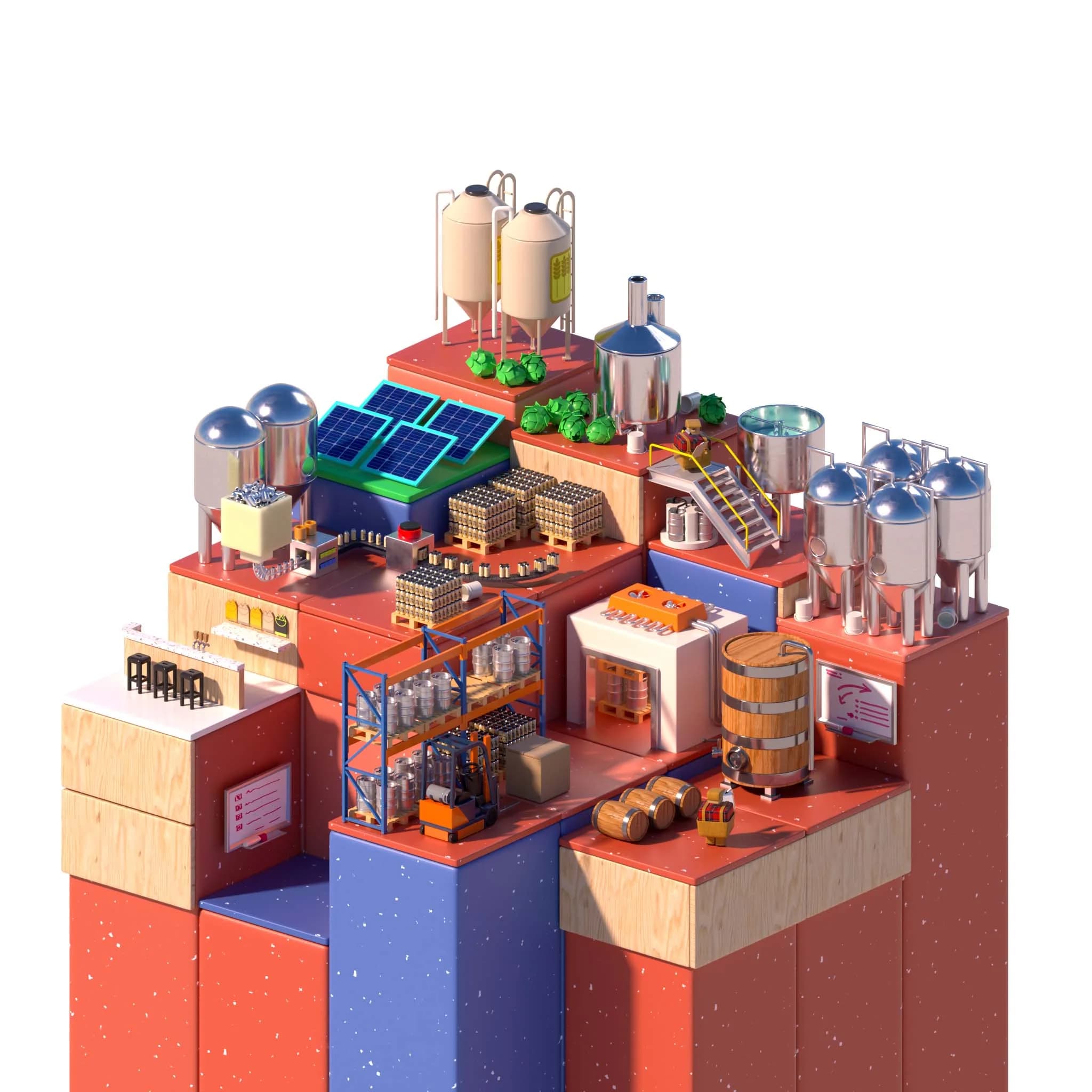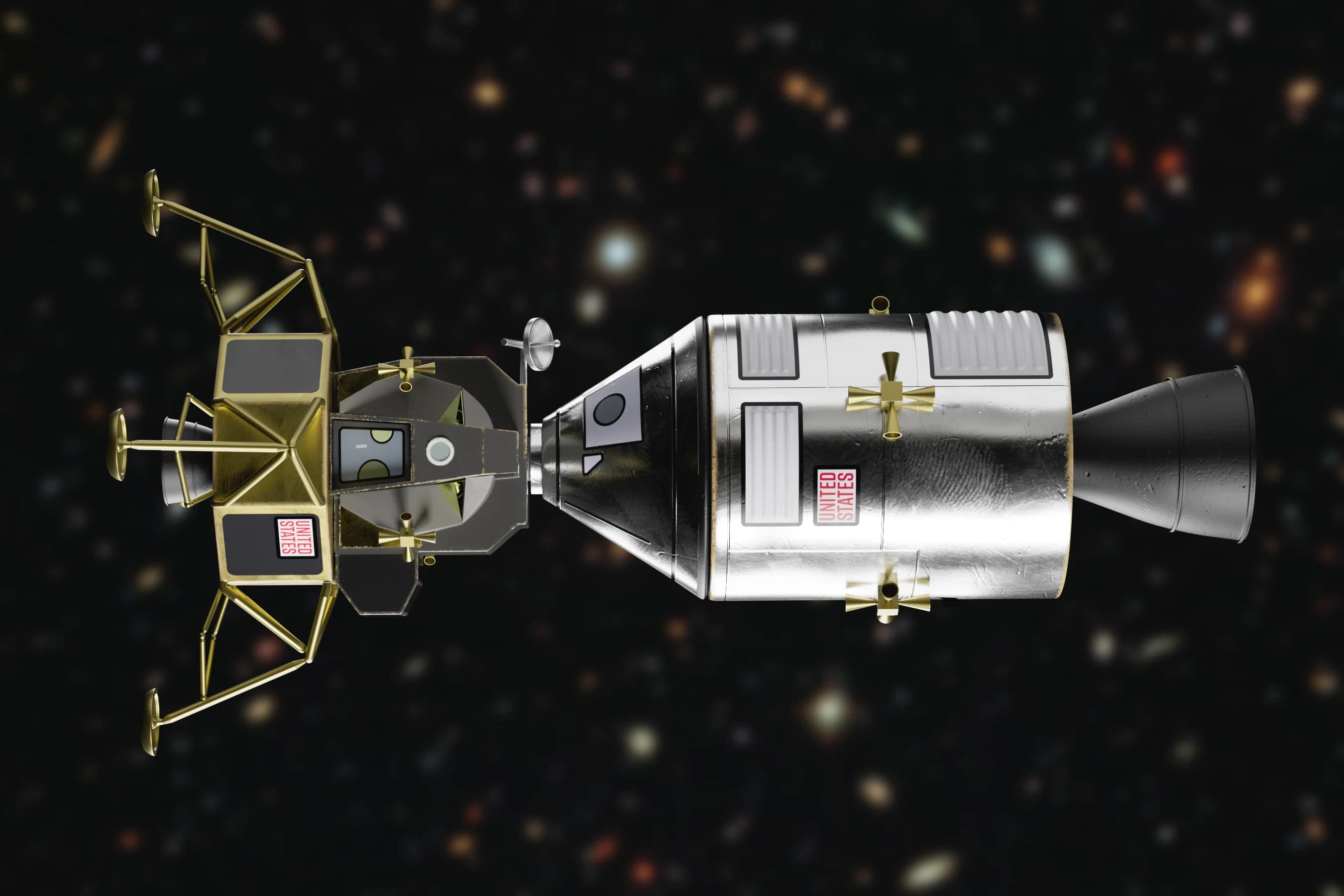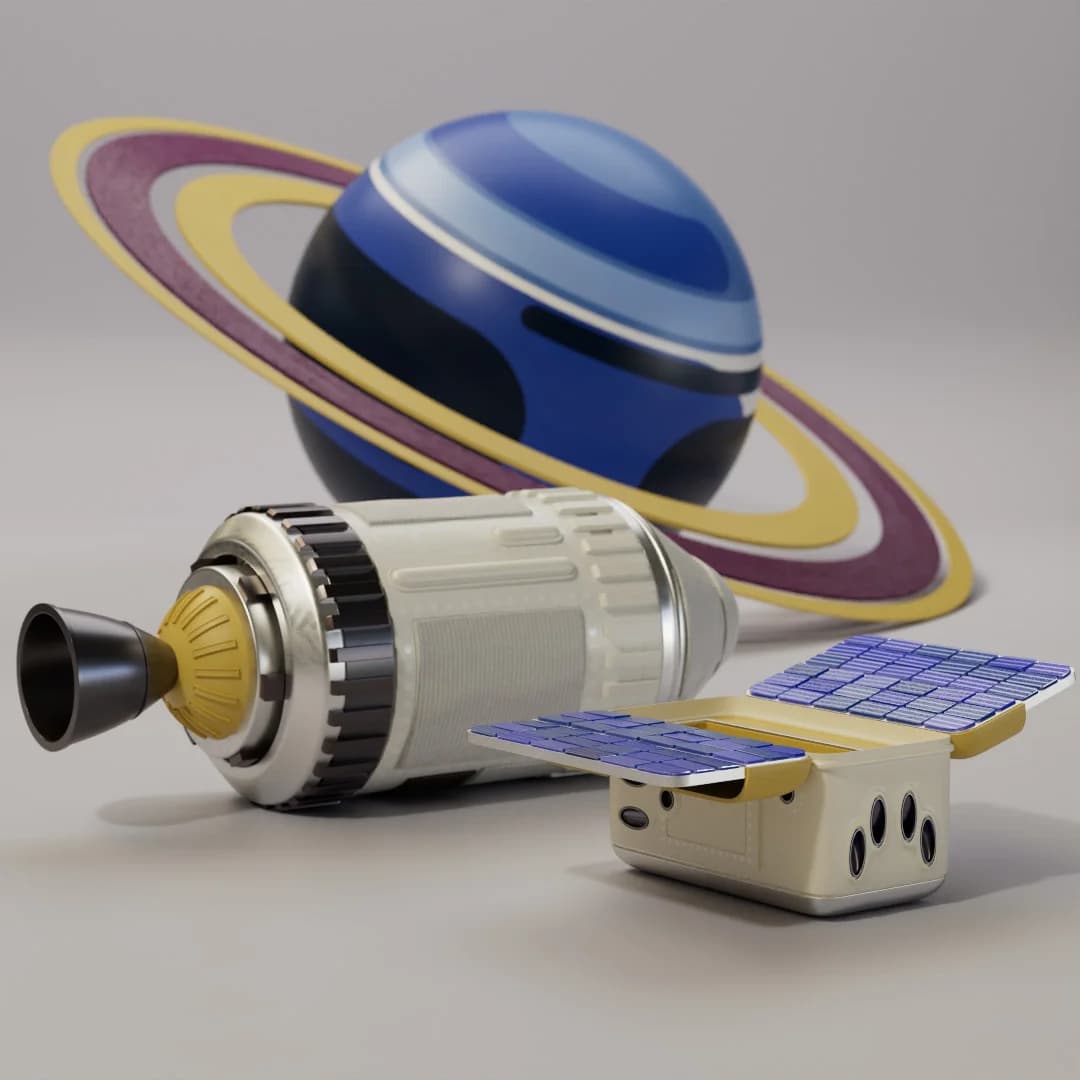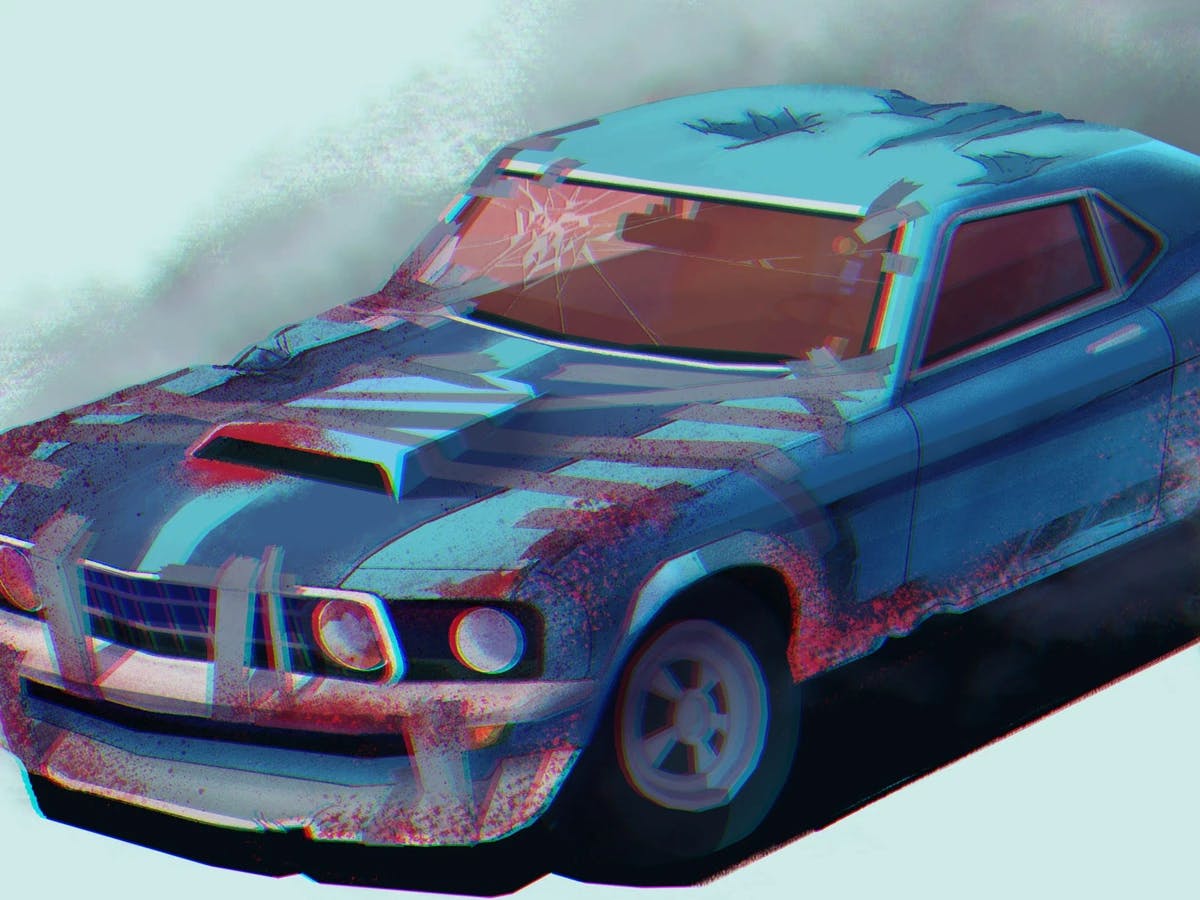
Antonio Caggiano
Illustrator
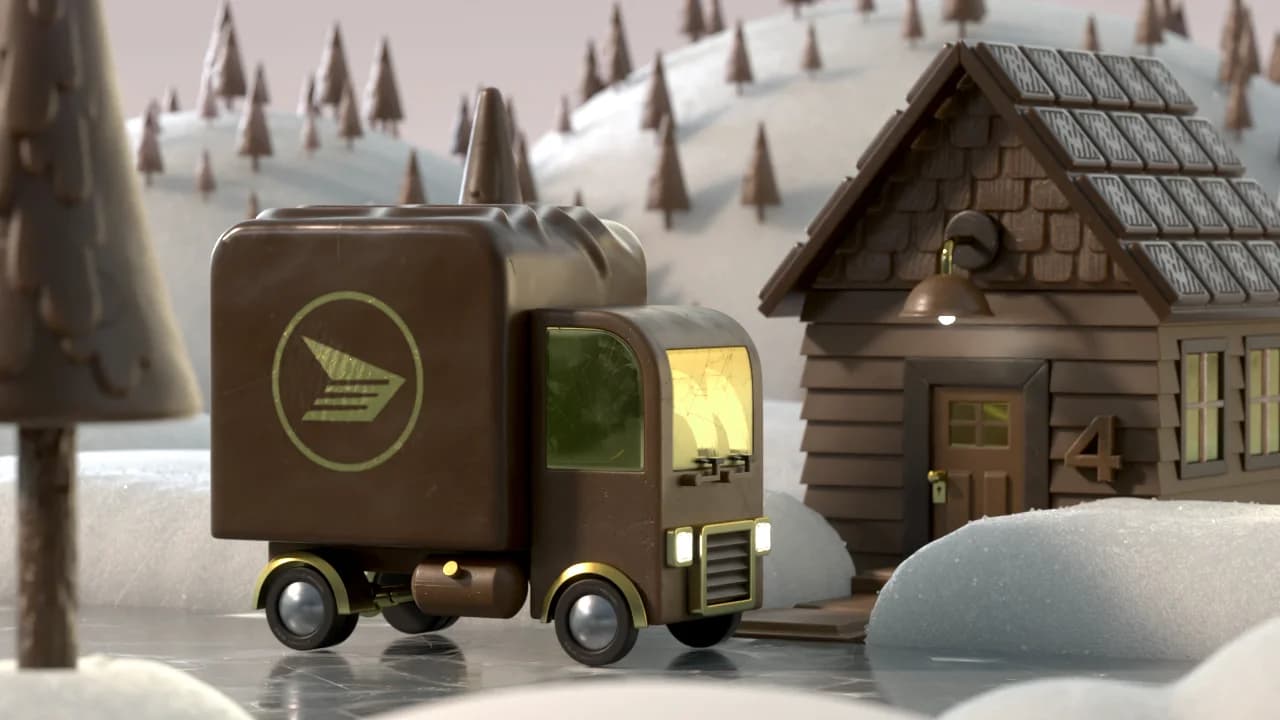

The Magic of Minimalism in 3D art
James: My journey has been a long and complicated one. As a kid, I gravitated toward creating things; lego was a massive part of my childhood and still is actually. I excelled in art class all through school and, once I was done with high school, I wanted to pursue studies in design but told myself that was not practical and studied engineering instead. After my engineering studies were complete, I worked for 2 years but didn’t feel fulfilled.
I resigned and applied to a bunch of art and design programs which landed me in Vancouver at Emily Carr University, where I discovered animation. Four years later, I graduated but felt a bit lost and unsure of where my style and artist sensibilities would fit in. It took a while for me to find my place.
I didn’t learn much about 3D in art school and decided to pick it up on my own time, though I enjoyed it and appreciated how it is a mix of science and art. Playmobil, Lego, and kid’s toys are a big influence on my work – not only because I was big-time into them as a kid but also because now I have my kids. It’s awesome to see life circle around, and you get to experience child-like play again but in a new way with a new perspective.
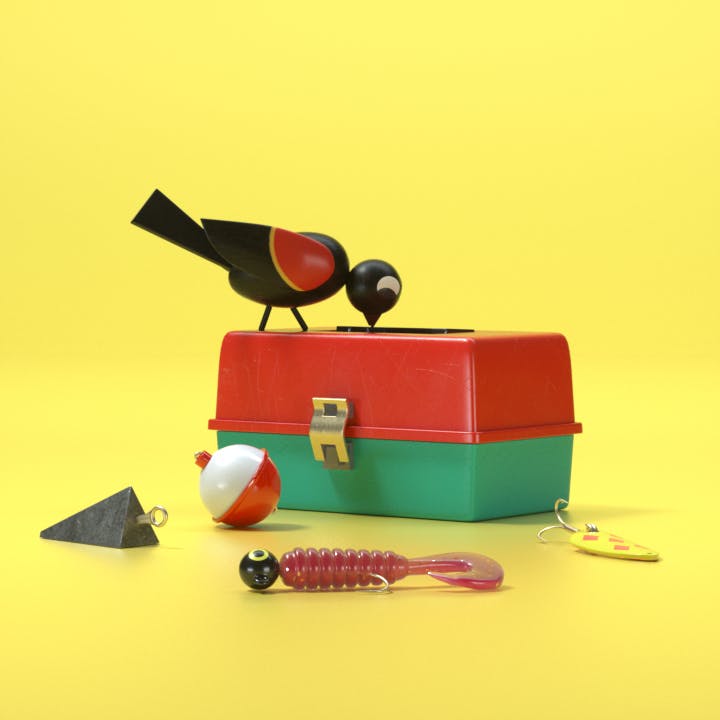
James: From where I sit, I feel that effective 3D art uniquely joins realism and playfulness. I am always trying to make imagined objects look like they belong in the real world. In 3D you can control how big or small something feels and those subtleties can give a unique feel to the work.
James: My biggest one to date is the piece I did for Blindman Brewing where I created a large illustration of their brewing operation. It was really fun because it was a playful interpretation of operation – a digital diorama. I got to tour the facility, so I took a lot of photos and chatted with the staff to get a feel of the operation and equipment.
When I got back to the office, I did a bunch of sketches and did some quick tests in 3D to get the look and feel figured out. Then I got to work adding in little details that I had documented – the texture of the floor; how hoses and buckets were laying around, etc. I wanted to make the world playful, so I went with fun colors and a toy-sized scale for the objects to make them feel more tangible.
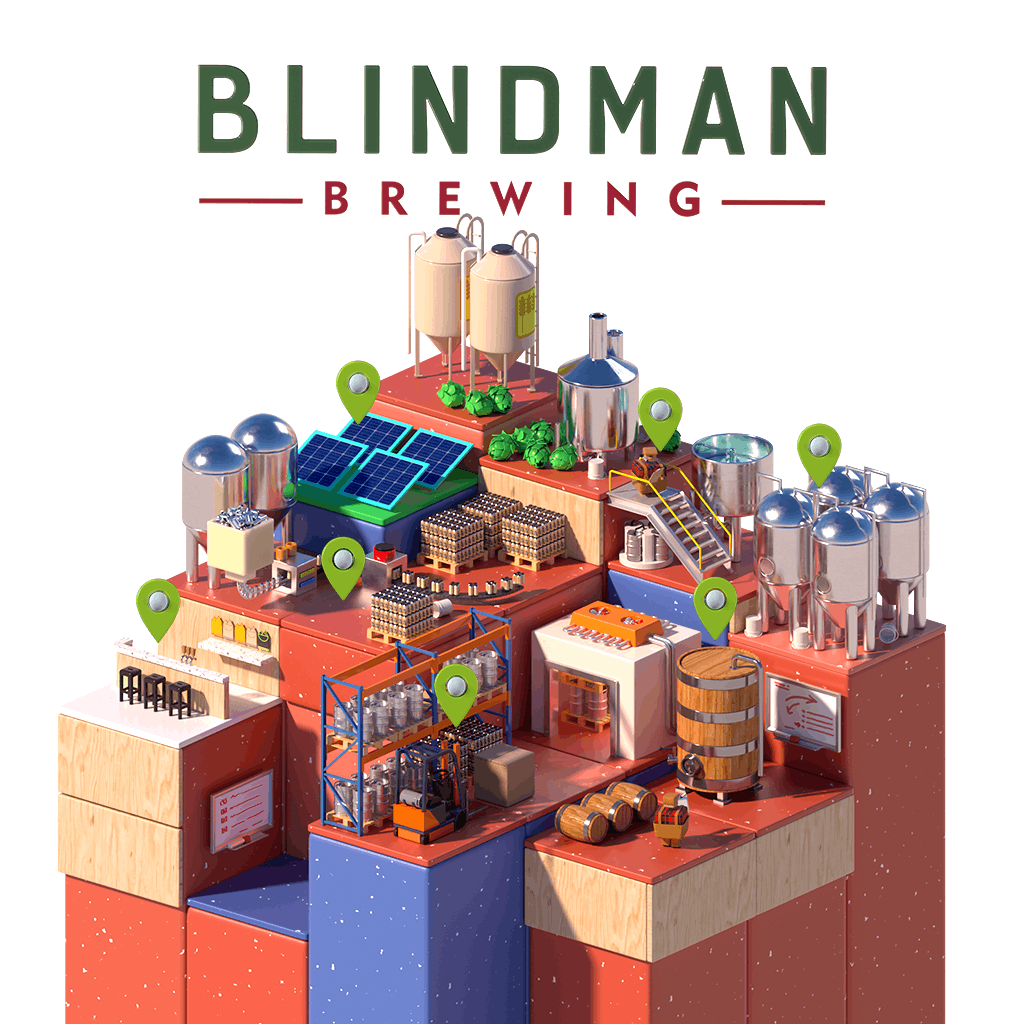
James: I want my work to ignite and inspire the inner child. It’s a lofty goal, I know, but I like the excitement that I feel when the work gets to a point where it’s fun and that you could reach out and play with it. After completing my project with Blindman Brewing, I saw how this work can be fun but also educational, so that is a goal of my work moving forward.
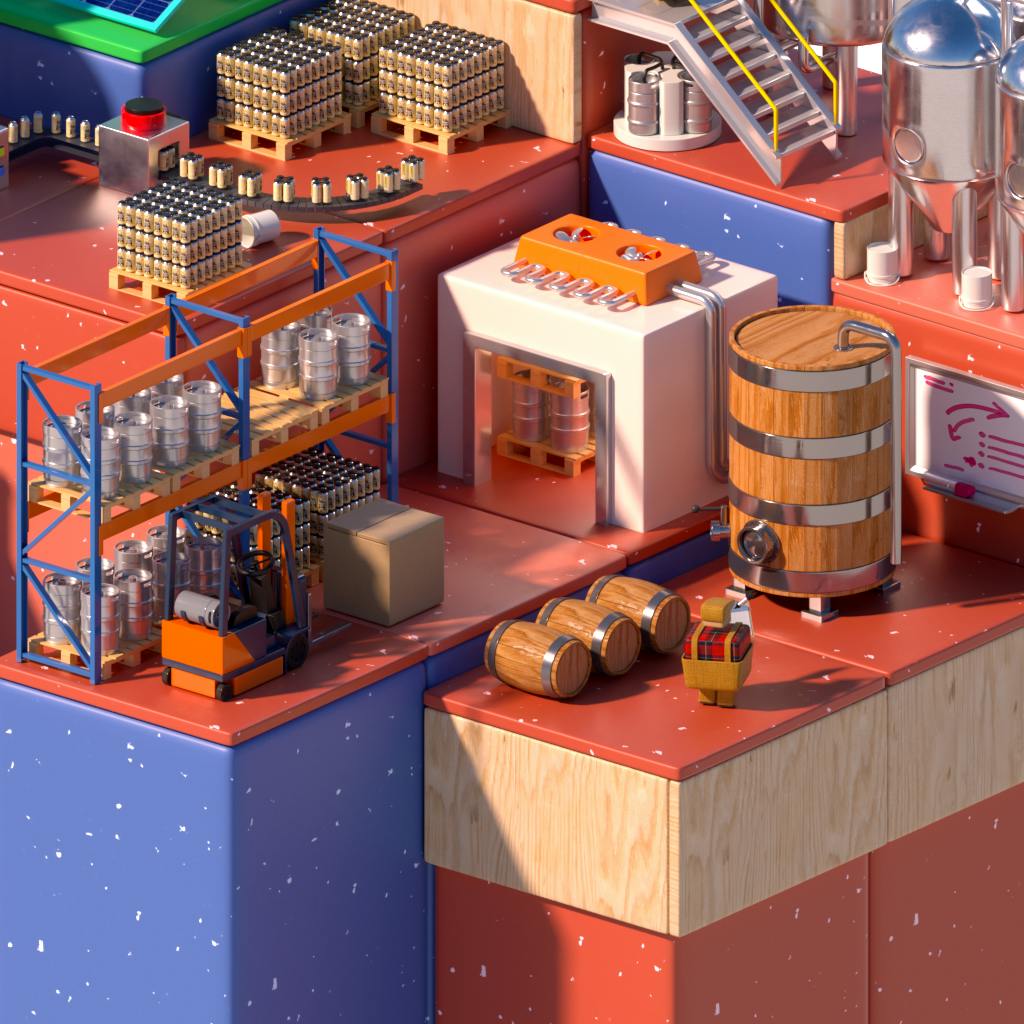
James: I always aim to achieve the most superior likeness and quality. I want my work to stand out from others and blow people away. When it comes to caricature, I am always aiming to create “the” likeness of that person, one that people will always remember. I try to capture the essence and feeling of my subject. This doesn’t always happen but that is the goal.
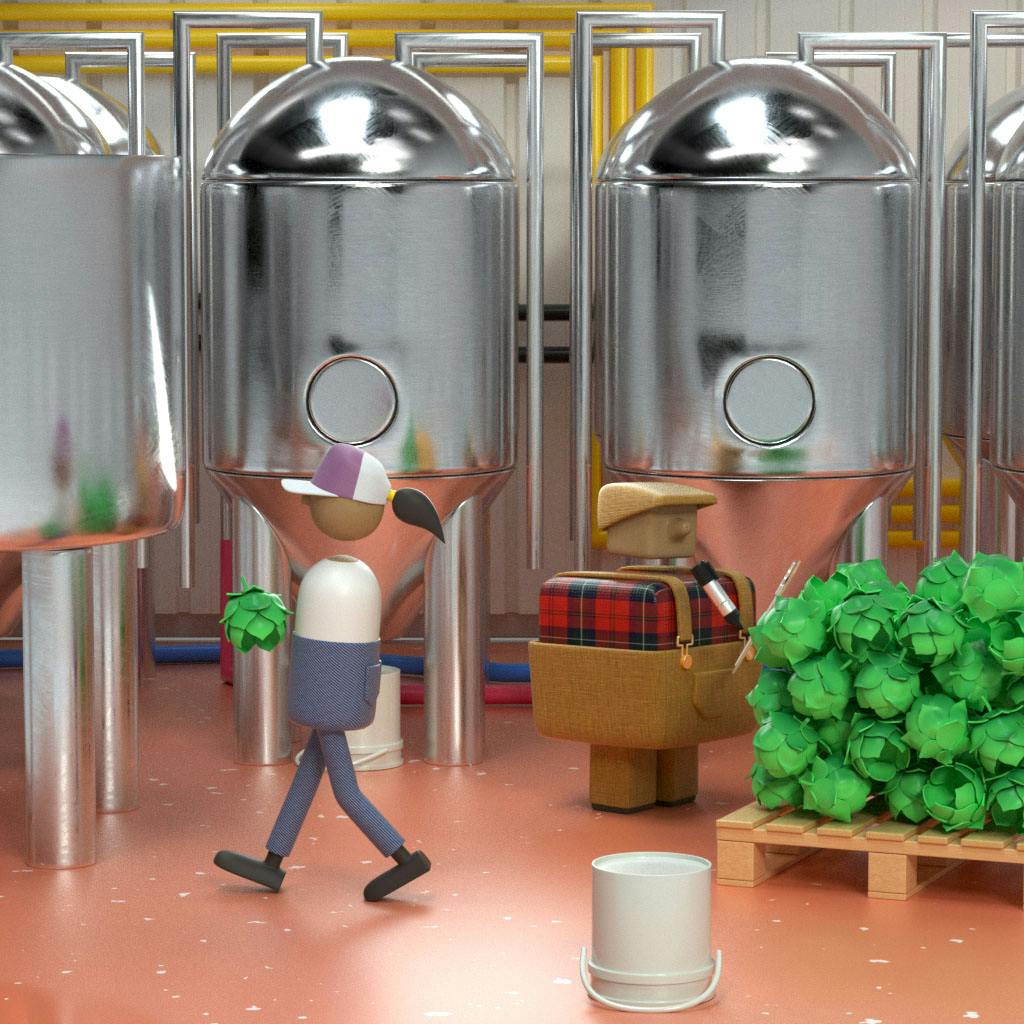
James: 2D work – talking animation here – has a well-developed past that 3D work used to get off the ground. Now, 3D has advanced so much that 2D seems more ‘old school’ but many of the best studios and artists out there know how to use each and get both to work together. It’s hard to make a distinction because you can see 2D artists trying to make their work look 3D and vice versa – both can lead to really interesting and engaging work.
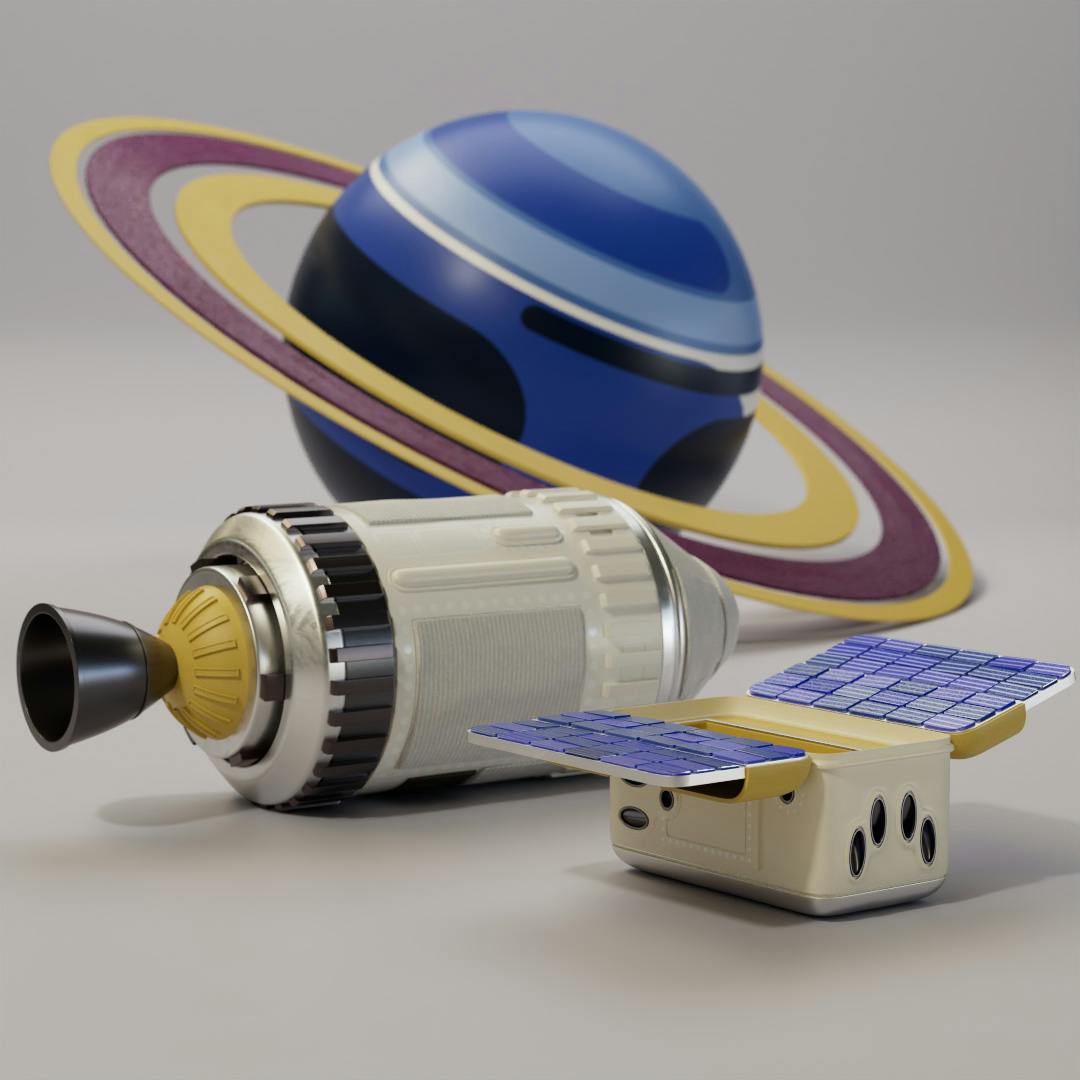
"I think the best artists out there use minimalism effectively.”
James: Animations take some planning and more technical problem-solving. The Tacklebox title card on my website – which serves as my digital business card also – took a lot of planning to realize. For example, I was faced with the problem of how am I going to rig these trays to fold out when the box opens. It took some trial and error but I figured it out. If it was just going to be a static image, that would not have been a concern. The animation adds an extra layer of complexity because you are constantly using both sides of the brain.
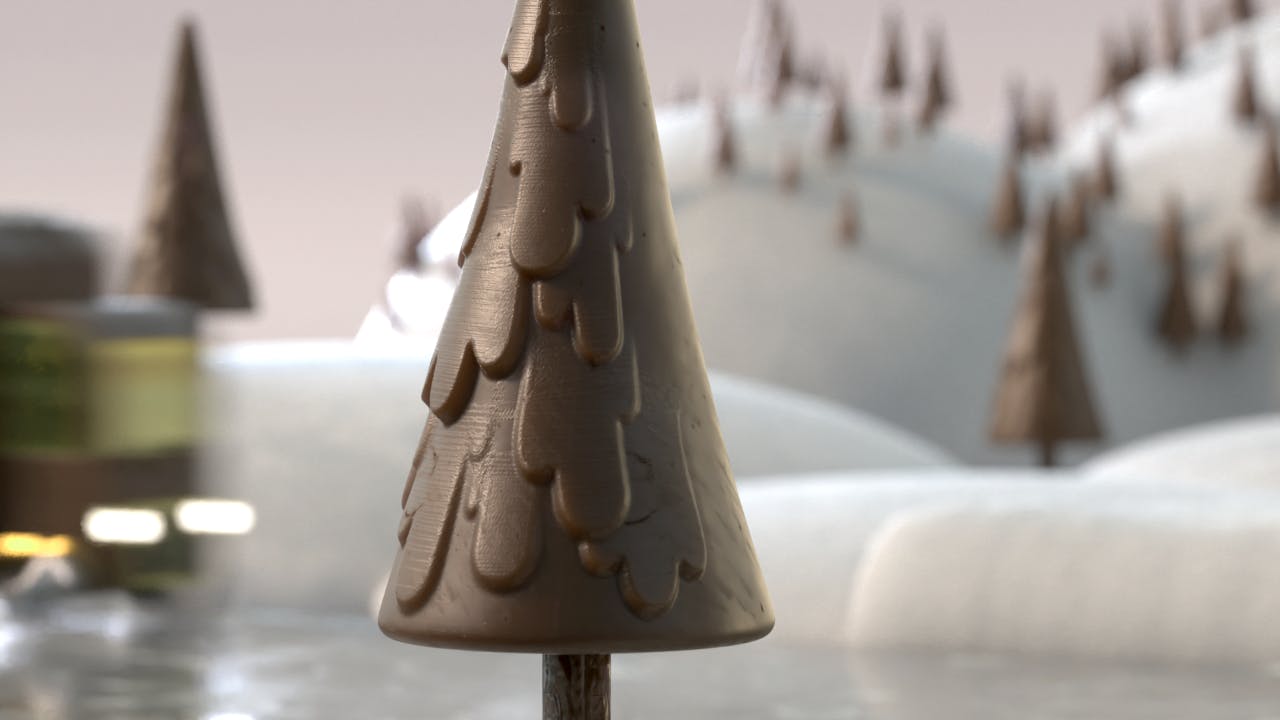
James: All those math classes I took in engineering are probably to blame. I love strong geometry and compositions; it helps me break down the piece into more manageable parts before getting all wrapped up in the details.
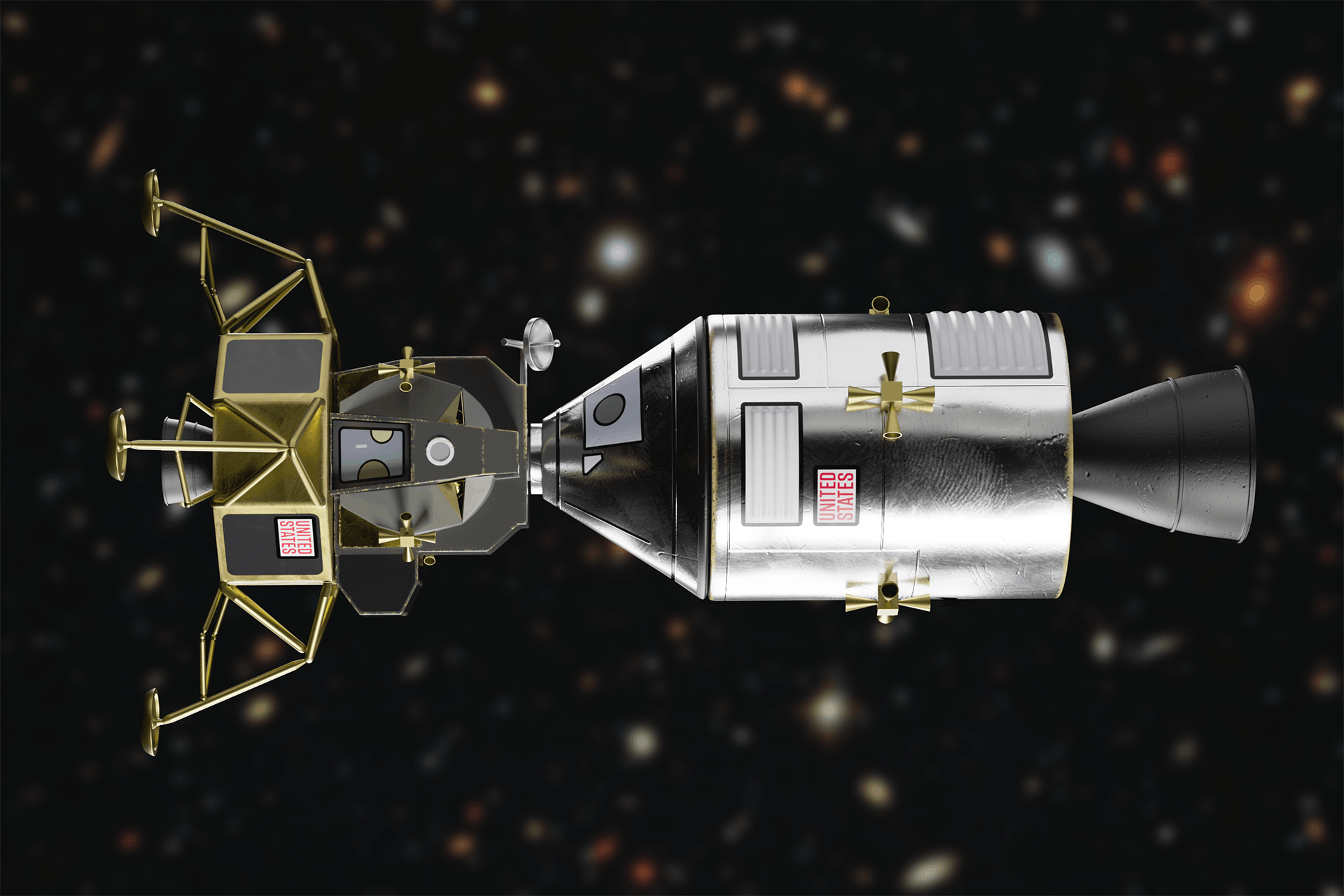
James:I think the best artists out there use minimalism effectively. It’s tough, especially in 3D, because of all the little details you can add in. Carley Harper was an artist that I admire because he defined ‘minimal realism’ and created a timeless style. I am always thinking about how I can employ those sensibilities in my work – it’s challenging.
James: Fishing has been one of my favorite things to do and, when I was thinking of a way to brand myself, the idea of the fishing tackle box came to mind. It’s full of stuff new and old and, sometimes, is a mess but everything that is in there has a use and purpose – I suppose it’s a metaphor for my journey.
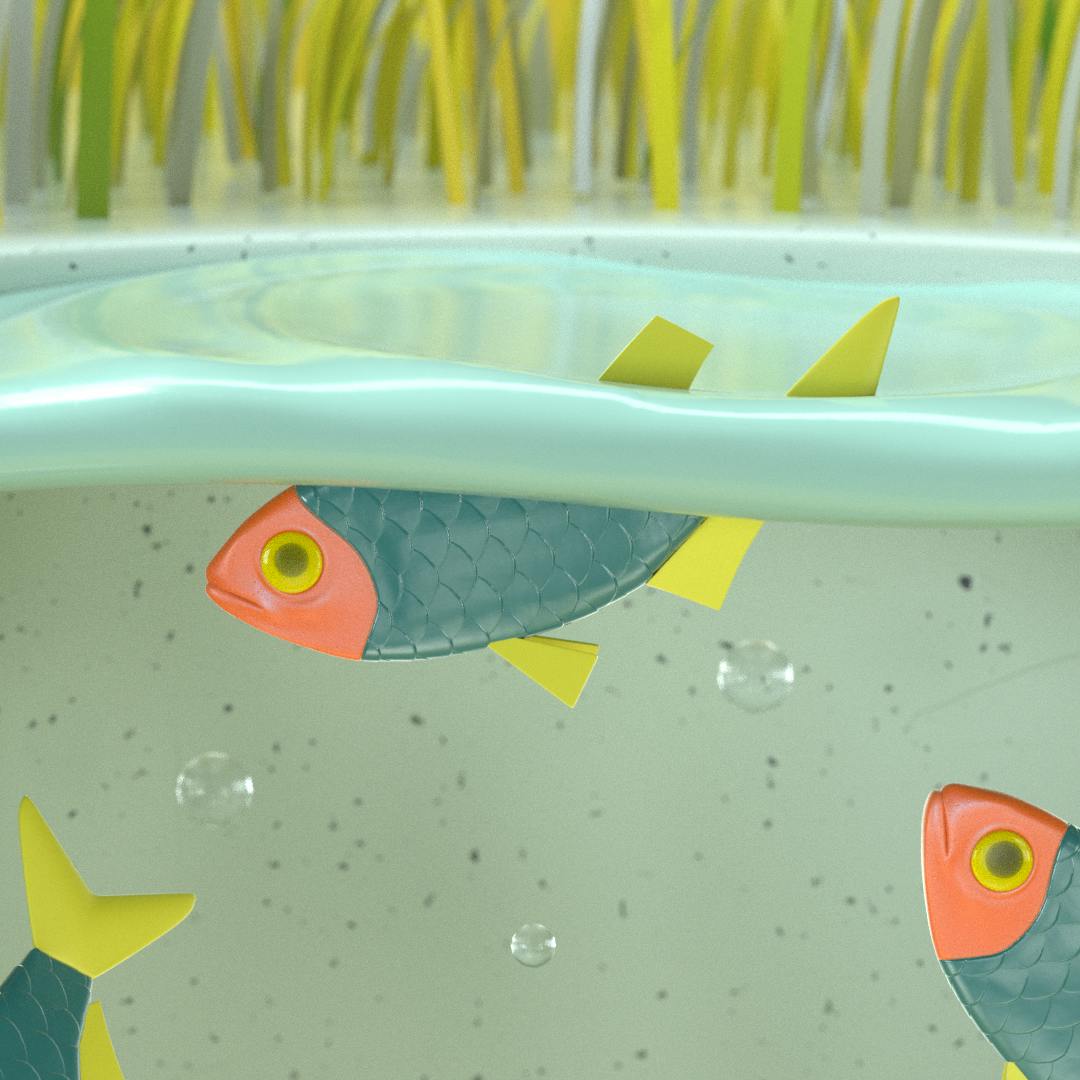
James: My best advice is to not give up and to be prepared to deal with being bored. It’s easy to get excited and inspired by all of the awesome work you see out there but what you don’t see is the journey that artist has been on to be able to create that. For myself, I spent (and still spend) many, many hours watching online classes and learning uncool but useful details about the software.
I feel that knowing that in advance helps because you know the learning helps you get to the next level and the learning never really stops. If you love to learn then it is a great place to be in. Having a good support network is important, too, especially in this ‘work-from-home’ age. There are times when you feel frustrated with an idea or don’t feel confident in what you’re doing but that’s where the community can help lift you and encourage you.
